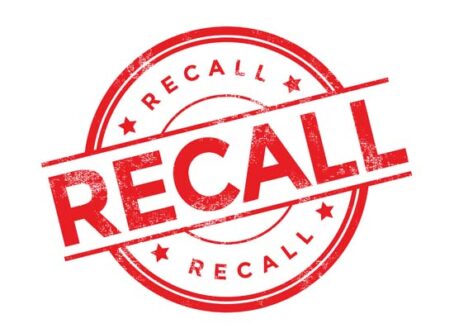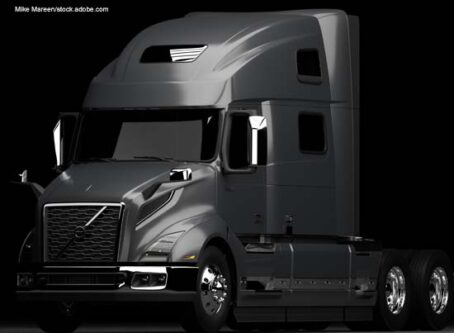Louisiana House panel backs double fines, camera use on Atchafalaya Basin Bridge
A bill making its way through the Louisiana statehouse addresses concern about travel along the Atchafalaya Basin Bridge.
Currently, passenger vehicle drivers are allowed to travel up to 60 mph along the Interstate 10 span in South Louisiana. Truck drivers are allowed to travel up to 55 mph along the span connecting Lafayette and Baton Rouge. Additionally, trucks are limited to using the left lane only for passing.
State law now authorizes fines of up to $175 for speed and lane use violations. Repeat offenders face up to $500 fines.
Highway safety corridor designation
The House Transportation, Highways and Public Works Committee voted unanimously to advance a bill to designate the Atchafalaya Basin Bridge as a highway safety corridor.
Distinction as a highway safety corridor would authorize double fines for speeding. Offenders would first be issued warnings before they are issued a $350 citation for a third offense. Subsequent offenses would result in $1,000 fines.
Fine revenue above the cost of operation would be split between the parishes of Iberville and St. Martin. The 18-mile span is located in the two parishes.
Sponsored by Senate President Page Cortez, R-Lafayette, SB435 includes a provision to authorize the use of enforcement cameras to track vehicle travel times.
Cortez said change is needed to address safety concerns along the span. He has told lawmakers that one year ago there were 269 crashes with 89 injuries and two fatalities.
The Louisiana Department of Transportation and Development also would be responsible for placing additional signage along the roadway to alert travelers of the speed limits and truck lane restriction.
There would be eight sets of speed limit signs placed on the eastbound portion of the bridge. Eight sets of signs would also be placed on the westbound side.
Additionally, six sets of “trucks right lane only” signs would be equally spaced on the eastbound portion of the bridge. The same number of signs would be posted along the westbound stretch.
Automated camera enforcement
Cameras would be used to monitor for speeding along the bridge.
Cortez says the transportation department would be required to post cameras along the span to time how long it takes a vehicle to travel to certain points along the bridge.
Cameras would be posted at both of the bridge entrances, at the two exits along the corridor, and at the end of the bridge each direction.
Vehicles that reach the points along the bridge at travel rates faster than would be expected for the vehicle and posted speed would be subject to a violation notice.
Cortez said during committee consideration of the bill that something needs to be done to help law enforcement counter the use of mobile apps that alert drivers to where law enforcement vehicles are located.
“Everybody knows where the police are so they just go as fast as they want until they get a few hundred yards from police and they slow down,” Cortez told the committee. “When they pass them they take off again … It’s pretty much a cat and mouse game.”
Cortez added that because of limited shoulder space it is not safe to put state troopers on the bridge to enforce traffic rules.
Truck travel
Rep. Barbara Freiberg, R-Baton Rouge, pointed out the cameras would not be able to enforce the truck lane rule on the Atchafalaya Bridge.
Shawn Wilson, director of the Louisiana Department of Transportation and Development, said the issue of truck travel is best addressed by placing signs to alert trucks about the left lane restriction.
“I think the best way we can address that … is by law we’re putting six signs up that say trucks are restricted to the right lane, and so I think that will help tremendously,” Wilson testified. “I think everybody is going to look at this enforcement corridor as one to treat more seriously and drive responsibly, so I think it will address the trucks that are in the left lane.”
Opposition
Critics say that automated enforcement conflicts with Fourth Amendment rights under the Constitution. They cite a driver’s inability to confront their accuser when it is a camera.
SB435 awaits consideration on the House floor. If approved there, it would head to the governor’s desk. Senate lawmakers already approved the bill by unanimous consent. LL









